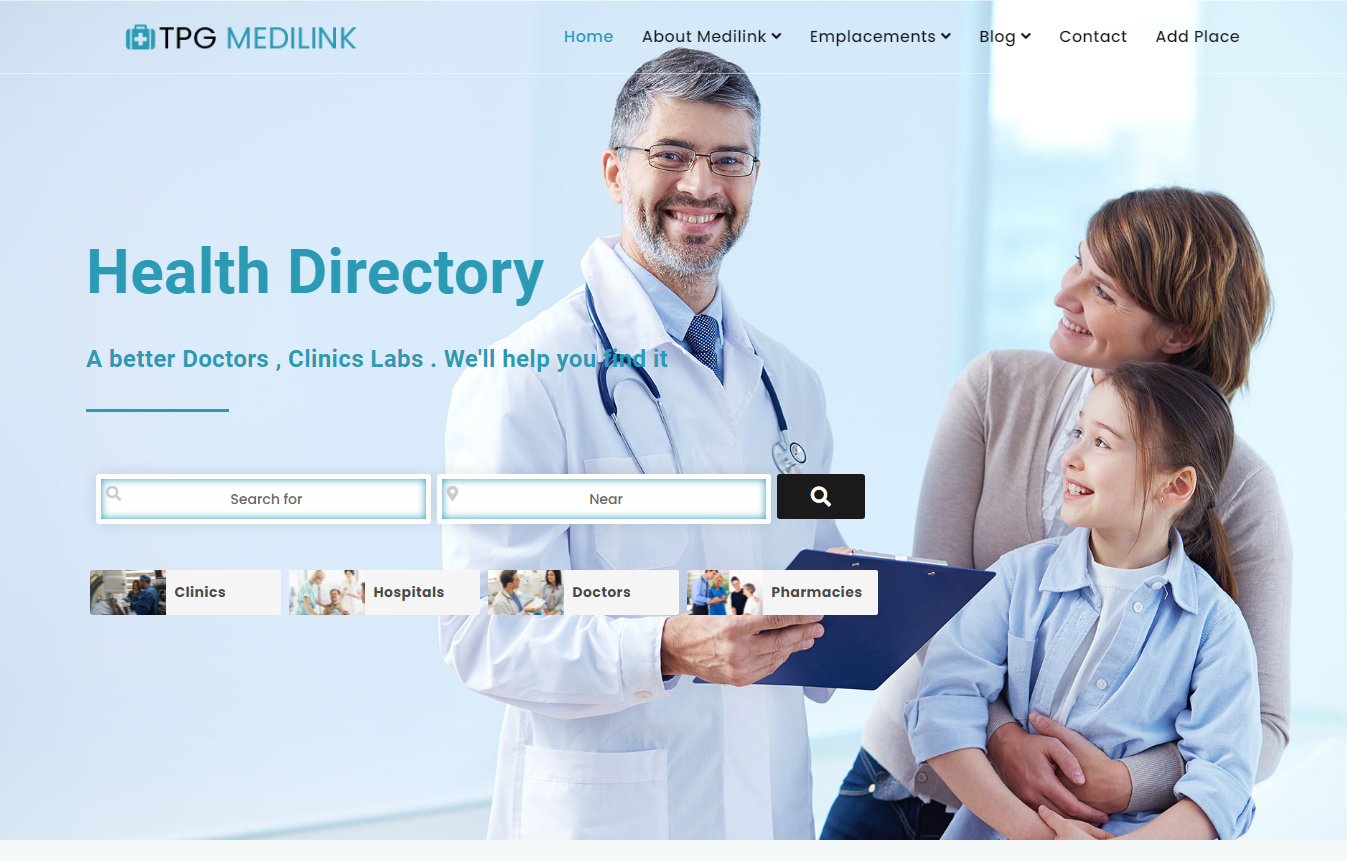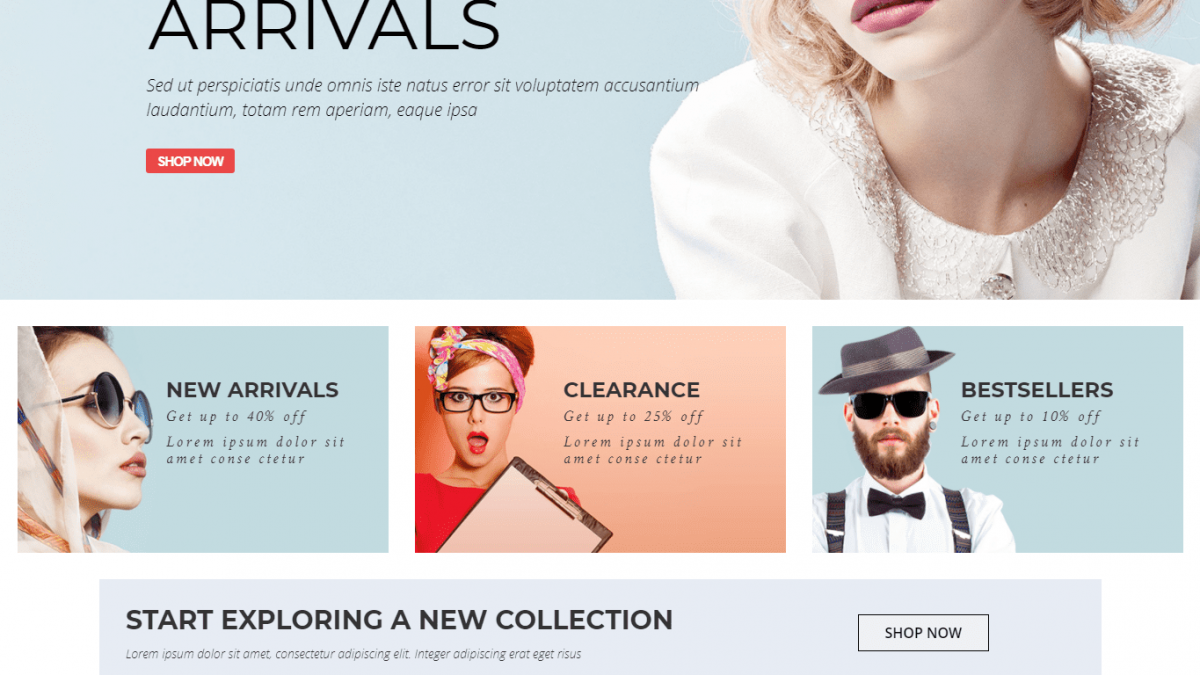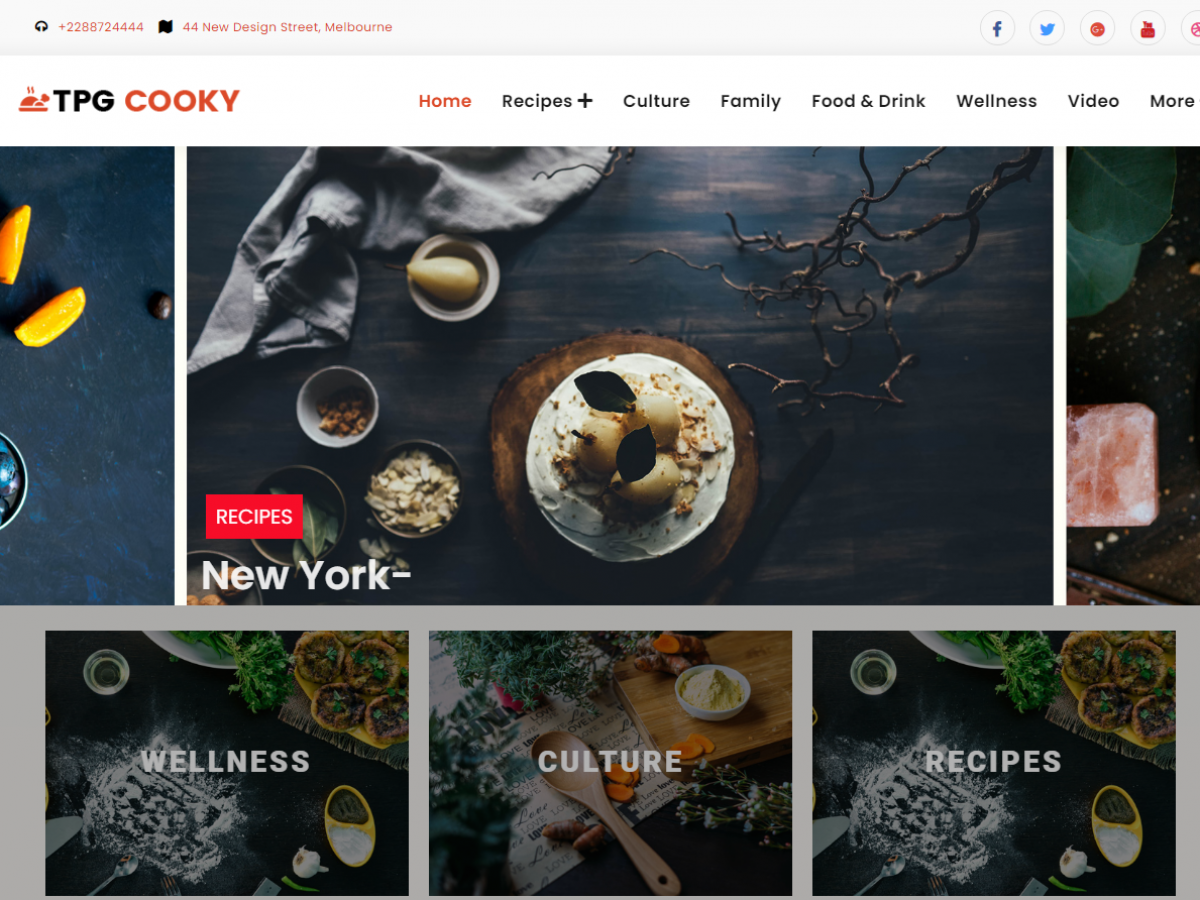
If you own a business, you’ll want to know exactly what your prospects or customers are experiencing when they come into contact with your brand.
A customer journey map will provide a visual representation of — you guessed it — a customer’s journey throughout the time they interact with your business.
It’s always a good idea to create a customer journey map, as it will give you an insight into what it’s like to interact and shop with your company. Here, I’m going to talk you through the process so you can put together a map and use it to inform your business decisions going forward.
Why do you need a customer journey map?
Creating a customer journey map can be very beneficial for your company for a lot of reasons.
First, it allows you to identify your customers’ pain points, which are essentially the different problems they face while buying your products or services. This means that you can visualize the gaps present in your prospects’ buyer journey and take steps to ensure that you improve on your processes to provide the ultimate customer experience. These gaps could be anything from lack of proper communication with customers to the quality of the service or product delivered.
Journey mapping also allows you to see things from the customer’s perspective, so you can streamline and enhance your processes. If you need to add a new communications channel, start getting back to messages quicker, or improve your checkout experience, your customer journey map will highlight these issues.
Finally, creating a customer journey map can help you to increase your sales and profits. It will allow you to improve your processes, ensure that customers always have a great time shopping with you, and help you bag new as well as returning customers. When you focus on removing obstacles that are preventing people from making a purchase, you’ll naturally begin to see more sales.
What steps do you need to take to create your map?
Now you know that you need a customer journey map, let’s look at the steps you need to take to create one.
Define your buyer personas
A buyer persona is the customer profile of a fictional person who is your ideal target audience. This person would have a name, age, interests, and basically any traits that would be present in someone who has bought or is likely to buy your product.
You could have multiple buyer personas depending on your business’s products and services, as well as how varied your customer base is.
You need to define your buyer personas for many reasons. For one, buyer personas help you clearly see your existing and prospective customers. In a world where there are so many people to sell to, buyer personas are great for identifying the target audience for your brand.
Another reason for defining buyer personas is that they allow you to stay centered on your audience. And this is because, when you create detailed buyer personas, you are able to tailor your brand messaging and content to a specific audience instead of aiming blindly at the general public.
Lastly, buyer personas will also help your team to create customer-centric products. Having them on hand will allow you to keep your customers at the forefront of your mind when designing new products or updating existing ones.
One tip to keep in mind when creating buyer personas is that you can use accurate data from your existing customers to develop them. And, if you don’t have current clients, you can always utilize your competitors’ data. As the saying goes, “the customers of your competitor are just people who haven’t met you yet”. All you need to do is identify the competitors in your industry and then take time to analyze their customer data with tools that have been designed for the job. This is an especially helpful tactic if you’re new on the scene and want to get a better understanding of the market before launching your products or services.
Map out your buyer touchpoints
A buyer touchpoint is any place where a customer can come into contact with your brand. These could include your website, emails, social media platforms, online advertisements that you place, or your office if you have a physical location.
Try to think of every possible channel where people could come into contact with your company, regardless of whether or not they have purchased your product.
Outline your customer pain points
Customer pain points are the problems that make it difficult for customers to have a smooth experience with your brand. If you can identify your customer pain points, you’ll be able to remove the roadblocks that might be stopping people from making purchases.
Every customer has different pain points that they face, but some common ones include:
- They are finding it hard to navigate your website due to its poor user experience
- Your prices are too high — this could apply to your actual products, your shipping costs, or customs fees
- Poor customer service means customers are left with questions or concerns, so won’t spend money with you
- Customers not having enough information on how you can help solve the problems they are currently having.
Let’s take a look at how you can address customer pain points in a way that will bring qualified traffic to your website.
Use simple designs
You should design your website with the customer in mind. As much as you’ll want to show off your design prowess or prove that you’re the best for the job, try not to overwhelm prospective customers, because it could distract or confuse them. Focus on the basics.
Do your research
Before you increase any of your prices or fees, make sure you analyze your customers and the industry that you’re in. Keep in mind that, if you suddenly start charging too much for your products or services, your customers could decide to leave for an alternative brand.
Train your customer service personnel
Great customer support is key if you want to retain customers. As a brand, you have to make sure that all employees know this, and this especially applies to your customer service team. Ensure that they get the proper training and learn how to interact with different types of customers properly.
Create quality content
Along with coming up against roadblocks when trying to buy from your company, your ideal customers might have other concerns they’re dealing with. And you should be able to address some of these with high-quality content that will educate them, address a problem they might be having, and bring them closer to making a purchase.
Let’s look at some examples of companies that are already using content marketing to address customer pain points and drive traffic to their sites.
First is NitDit, which is a website where people go to find out about the best software to use.

Here they have compiled a list of 50 digital marketing tools for businesses to use in 2021. Now, this is detailed content that will be useful to some of their customers who might have been searching for this information. There are so many digital marketing tools out there that people can really struggle to choose the right ones to suit their needs — this content helps with that.
Another example comes from Wave, an online accounting software provider that helps small businesses and individuals with their accounting and finance needs.

They have numerous blog posts that tackle different finance-related topics that many people have a hard time understanding. Take a look at their guide to calculating cash flow, for instance. It is evident they have figured out that high-quality and well-detailed content is the way to address many of the pain points that their customers usually have when it comes to accounting and finance.
Consider common customer questions (and how to address them)
You can create more customer touchpoints by publishing content that addresses common questions your target audience will have. This will be great for building trust and will give you more opportunities to rank on relevant search engine results pages.
To come up with topics for this type of content, you should make sure to perform keyword research. This is crucial if you want to find out what questions are being asked by your target audience. It can be time-consuming, but it is one of the best ways to ensure that you are creating content that is specifically related to what your customers want to see.
Also, invest time into listening to the common questions that your customer service team gets. The people in your customer service team are the ones who are interacting with customers directly. Hence, they have access to all the questions that prospective and existing customers are asking. These questions can be very useful because they’ll help you to work out what issues your customers are facing, and what information they can’t yet find on your website.
For inspiration, let’s take a look at a business that is already doing a great job of answering common questions with their content.

Utires specializes in providing high-quality used tires for their customers. And not only do they sell tires, but they also have an online hub where they publish articles answering common queries their customers have about maintaining their cars. Their guide to how often you should get your tires rotated and balanced is a great example.
People who want to keep their car in the best possible shape are likely to want the answer to this question, and they may also be interested in Utires’ services, so it’s a great piece of content marketing that will send the company’s ideal customers their way.
When you’re thinking about creating content marketing for your own website, think about what questions your customers are going to have, related to what you sell. Creating content that answers their queries will get you more website traffic, build trust with your website visitors, and earn you more sales as a result.
Plan content to help at every stage of the customer journey
If you want to get as many leads as possible, you’ll want to catch people at various points in their buyer journey. And the best way to do this is by creating content that will be helpful at every stage.
You can do this by mapping out what types of content your ideal audience will be interested in at different points in the sales funnel. Most sales funnels usually have five stages: awareness, interest, decision, action, and retention.
For example, most people in the decision stage are usually about to decide whether or not to buy. So, you could create content like video demonstrations or even case studies showing how your product has helped other customers achieve their goals.
For inspiration, let’s look at some examples of companies that create content that corresponds to different stages of the lead funnel.

Venngage is a company that specializes in helping people to create infographics that will enhance their content. So, in order to catch people right at the beginning of the buying journey, they’ve created a guide to what infographics are.
In this piece, they explain exactly what infographics are, the different ways to create them, and what they can look like. If you know there are people out there who might be interested in your services, but who don’t even know they exist yet, creating content like this can really help you to reach your ideal audience.

My next example comes from Continental Message Solution, a company that provides out-of-hours answering services and hotlines for businesses.
To attract the right customers and explain more about what they do, they’ve created a guide to why a business might need an attendance tracking hotline. This is an example of content that can attract people slightly later in the buying journey, as someone looking for this information will already know what an attendance tracking hotline is, but they might be wondering whether it’s worth the investment. This guide answers all of the questions they might have on the topic.
You can replicate this by creating non-promotional blog posts about the types of services or products you offer, and who might need them.

Finally, In VPN helps people who are in the final stages of choosing a VPN for their computer. They do this by publishing buying guides, reviews, and comparison pieces that will help readers to narrow their options down.
Their guide to NordVPN vs ExpressVPN is a great example of this type of content. It makes simple comparisons in a table format so someone can see at a glance which option might work best for them. Plus, it goes into more depth about what each option offers, who they might be suitable for, and how someone can choose the best VPN for them.
Creating content like this can catch people at the bottom of the sales funnel, provide them with the confidence they need to make a purchase, and ensure people make the best buying decision for them. This will also help to save your customer service team time, and lead to better customer feedback.
Decide which social media platforms should be a priority
Most customer journey maps will include a social media element. Social media allows you to connect and engage with your ideal customers over time.
It’s a good idea to use a social media analytics tool to work out where you should be focusing your time and effort. The data you collect will help you to:
- Identify which channels are performing better than others and decide which social media platforms you should prioritize.
- Spot the types of content that are doing well so you can make an effort to create more of that. Are videos doing better than audio snippets? Then create more video posts.
- Track your campaigns’ performance and figure out which strategies or ideas are working, and which you can stop using.
Regularly revisit and tweak your map
It’s essential to regularly revisit your customer journey map to see what’s working and what isn’t. Creating a customer journey map isn’t a one-time thing because, as your business progresses, your customer base will change and grow. You need to stay on top of things to ensure that you’re delivering the best customer experience for everyone.
So, make sure that you revisit your journey map to figure out whether your current strategies are working or not. It’s better to always be in the know than to risk making avoidable mistakes that will harm your customers’ experience. Depending on your findings, you can then make any tweaks to ensure you’re always moving in the right direction.
Summary
Creating a customer journey map for your inbound lead funnel will help you identify the type of strategies you should employ to attract and manage the prospects you want.
It allows you to figure out your customers’ current situation, what they want to see, and give you ideas on creating the types of content that will nurture them throughout the entirety of the time spent in your sales funnel and even after a purchase has been made.







